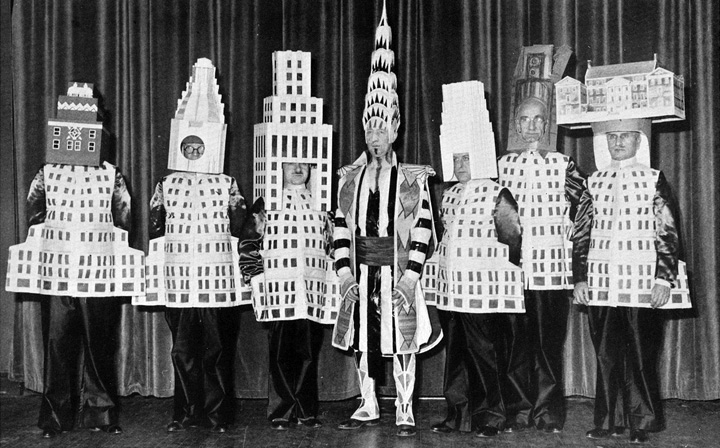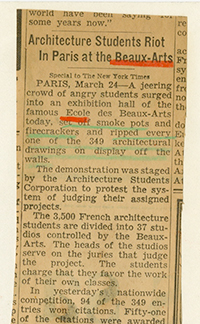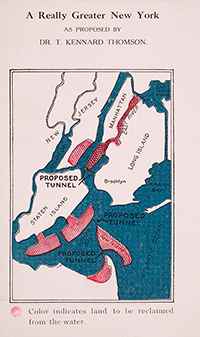
Past Events
We’ve developed a series of events to bring this history to life: Each one will jump off from a moment, document, or idea we’ve discovered in our archives and bring together historians, activists, critics, students, and practitioners from the Van Alen community to join in debate about those same issues today.

“How’s the Revolution Going?” Rethinking Architectural Education from ‘68 to Today
As the social movements and protests swept the country in the 1960s, architecture students played their part, and demanded that the walls of the academy be broken down to let the city in. In June of 1968, the NIAE hosted an event asking how architects and architecture schools should respond to the urgent problems of the cities around them, and how to reform both architectural practice and architectural education. The issues they raise seem familiar to us today: Open storefront schools to engage neighbors, focus on multi-disciplinary approaches to social and ecological challenges, and use design thinking to address problems of every scale. Were the changes they fought for enough? What are the pressing issues that architectural education needs to focus on today?

Thinking Big: Competitions at the Scale of the City
The problem presented to young architects for the 1913 Paris Prize was a staggering one: After the East River had been filled in and Manhattan was no longer an island, its southern end would need a fittingly monumental entrance. Today, forward-thinking cities are restoring their waterfronts, not paving them over—look at 2013’s Rebuild By Design. But the need to imagine large-scale, transformative change in a visual and public way remains. What are the opportunities and limits of the competition model to address the pressing social and ecological challenges of tomorrow?
February 19, 2015
Speakers: Casey Jones, Jenn Gustetic, Enrique Norten
Moderator: Jerome Chou
Upcoming Events
Our Drawings, Our Selves: Architectural Representation from 1894 to 2015
The drawings in Van Alen’s are a dazzling time capsule spanning more than 100 years: From the meticulous Beaux Arts esquisses in from the turn of the century to the drive-ins of the 1950s and Consciousness Centers of the 1970s, each tells a fascinating story about their cultural moment. And while the tools architects use to make drawings has changed, their centrality to practice has not. Or has it? What do the images we make today tell us about practice, about the world we live in?
History Exhibition
From archival research and interviews with key figures from Van Alen Institute past and present, we’ve curated an online exhibition with images, videos and artifacts describing how Van Alen Institute evolved to what it is today from its Beaux-Arts roots over the course of 120 years.
Visit the exhibition here!
Oral History
As part of the 120th Anniversary project, we’ve been interviewing key figures from Van Alen Institute’s past and present.
Watch some of the best moments from our interviews below!